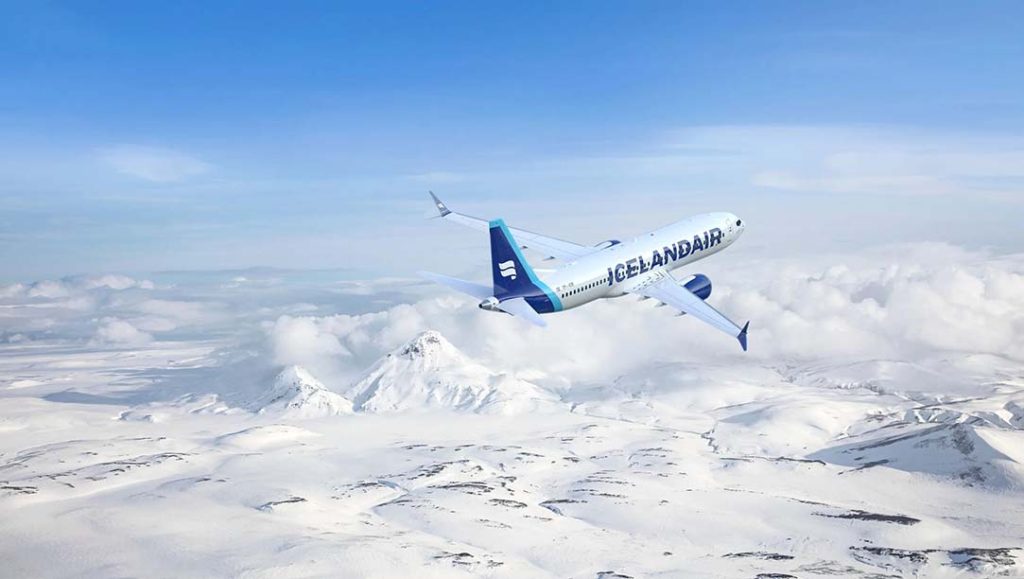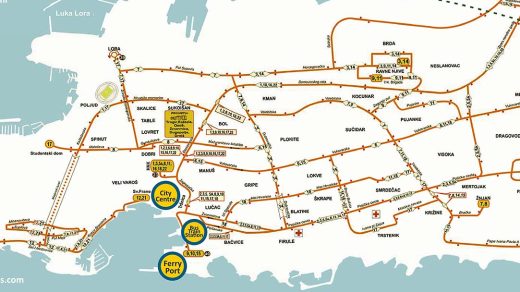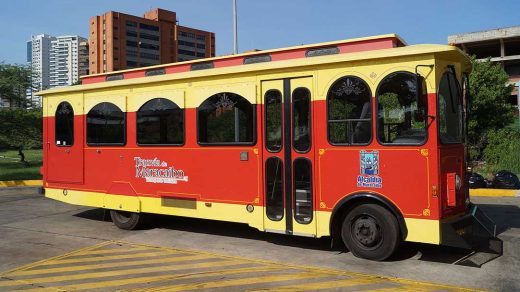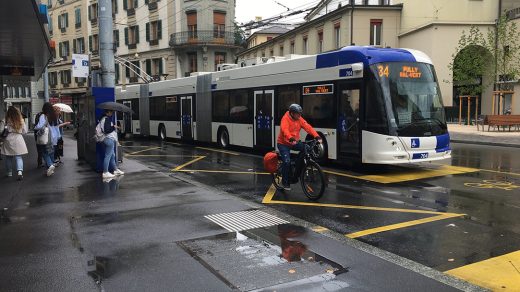Iceland’s captivating landscapes and unique charm beckon travelers to explore its cities and vast countryside. Navigating this scenic country through public transport offers an insightful and convenient way to experience its diverse locales.
Overview of Icelandic Transport System
1. Urban Transportation
Reykjavik, Iceland’s vibrant capital city, boasts an efficient public transportation system primarily operated by Strætó, offering convenient travel options for both locals and tourists.
Strætó Buses
Comprehensive Network: Strætó buses constitute the backbone of Reykjavik’s public transport, covering extensive routes within the city and its surrounding areas. The network spans key landmarks, neighborhoods, and attractions, ensuring accessibility for residents and visitors.
Efficiency and Frequency: Strætó buses are known for their punctuality and frequency, operating on well-maintained schedules throughout the day. During peak hours, buses run more frequently, ensuring timely transportation for commuters and tourists exploring the city.
Route Coverage: The bus routes cover popular spots such as downtown Reykjavik, museums, shopping districts, and residential areas. They also extend to neighboring towns like Hafnarfjörður and Árbær, providing convenient connections beyond the city limits.
Accessibility: Strætó buses are equipped to accommodate passengers with mobility challenges, featuring low floors for easy boarding, designated spaces for wheelchairs, and priority seating for elderly or disabled individuals.
Fare Options: Passengers can purchase tickets directly from the driver using cash or credit cards. Additionally, prepaid cards are available for multiple journeys, offering cost-effective options for frequent travelers.
Tourist Passes: Visitors can benefit from tourist passes or city cards, providing unlimited travel on public transportation along with discounts for attractions, making it a convenient and economical choice for exploring Reykjavik.
Special Services and Night Routes
Airport Transfer: Strætó operates the Flybus service, offering direct transfers between Keflavik International Airport and Reykjavik’s BSI Bus Terminal. This service is an efficient and affordable option for travelers arriving or departing from the airport.
Night Routes: Strætó also runs night buses on weekends, catering to those enjoying Reykjavik’s nightlife. These routes provide transportation until the early hours, ensuring a safe journey for party-goers and late-night workers.
The Strætó bus system in Reykjavik serves as a reliable and efficient mode of transportation, connecting the city’s diverse neighborhoods, attractions, and neighboring areas. Its comprehensive coverage, regular schedules, accessibility features, and additional services like airport transfers and night routes make it an ideal choice for both residents and tourists exploring the Icelandic capital.
2. Intercity Travel
In Iceland, various transportation modes cater to travelers venturing beyond Reykjavik, facilitating exploration of the country’s diverse towns, scenic landscapes, and natural wonders.
1. Buses
Intercity Bus Services: Buses operate comprehensive intercity routes connecting major towns and regions across Iceland. Companies like Strætó and other private operators offer reliable services, enabling travelers to journey between destinations with ease.
Route Network: The bus network covers popular tourist routes like the Golden Circle, South Coast, and Snæfellsnes Peninsula, making it convenient for visitors to access renowned attractions, geological wonders, and picturesque landscapes.
Schedule and Flexibility: Intercity buses generally run on schedules tailored to accommodate tourist traffic. Travelers should check timetables in advance, considering that schedules might vary based on the season or weather conditions.
2. Domestic Flights
Air Travel: Domestic flights offer a quick and efficient means of traversing longer distances within Iceland. Airlines like Air Iceland Connect operate flights between Reykjavik and various regional airports, including destinations like Akureyri, Ísafjörður, and Egilsstaðir.
Accessibility and Convenience: While flights might be relatively more expensive than bus travel, they significantly reduce travel time, especially for those exploring remote regions or covering vast distances.
3. Organized Tours
Guided Tours: Numerous tour operators offer organized tours covering specific regions or attractions. These tours, available in various formats, including coach tours, guided hikes, or multi-day excursions, provide informative and structured experiences tailored to travelers’ interests.
Advantages of Organized Tours: Organized tours offer convenience and expert guidance, catering to travelers seeking hassle-free exploration of Iceland’s countryside. They often include transportation, accommodation, and access to attractions, providing a comprehensive and curated travel experience.
Iceland’s intercity transportation options, including buses, domestic flights, and organized tours, offer diverse and accessible ways for travelers to explore the country beyond Reykjavik. Whether opting for bus travel for flexibility, domestic flights for time efficiency, or organized tours for curated experiences, these modes of transport facilitate access to Iceland’s breathtaking countryside, natural wonders, and remote regions, ensuring an enriching and memorable travel experience.

Exploring Cities Using Public Transport
1. Reykjavik: The Capital City
Bus Services
Extensive Network: Strætó’s bus network in Reykjavik encompasses a comprehensive system of routes, ensuring connectivity to major attractions, neighborhoods, and suburbs within the city and its surroundings. Tourists can access iconic landmarks like the striking Hallgrímskirkja, the architecturally impressive Harpa Concert Hall, and the informative National Museum conveniently through these bus services.
Comfortable Seating: Strætó buses prioritize passenger comfort, offering well-maintained and comfortable seating. The interior design ensures a pleasant journey for tourists exploring the city’s cultural and historical sites.
Fare and Ticketing Options: Travelers have the flexibility to purchase tickets directly from the bus driver using cash or credit cards. Alternatively, they can opt for prepaid cards, ideal for multiple journeys, providing convenience and cost savings for frequent travelers.
Frequency and Timings: Buses in Reykjavik operate at regular intervals throughout the day. During peak hours, typically in the morning and evening, buses run more frequently, ensuring efficient transportation for commuters and tourists exploring the city’s attractions. Even during off-peak times, tourists can rely on the consistent bus schedules, allowing convenient access to various destinations within Reykjavik.
Accessibility: Strætó buses are designed to accommodate passengers with disabilities, featuring low-floor access and designated spaces for wheelchairs, ensuring inclusivity and accessibility for all travelers.
Reykjavik’s public bus services provided by Strætó offer a convenient, affordable, and efficient mode of transport for tourists exploring the city. With a well-connected network, comfortable seating, convenient ticketing options, frequent schedules, and accessibility features, these buses enable visitors to seamlessly navigate Reykjavik and discover its rich cultural heritage and renowned landmarks.
Traveling to Countryside Destinations
1. Buses for Rural Areas
Strætó Services: Strætó operates intercity bus services connecting Reykjavik with various towns and countryside regions. These buses offer a cost-effective means to reach destinations like the Golden Circle, Akureyri, or the Eastfjords.
Schedules and Routes: The bus schedules and routes vary depending on the season. Travelers should plan their trips in advance and check for schedule changes, especially during winter when some routes might be limited.
2. Domestic Flights
Air Travel: Domestic flights are available for travelers wishing to cover longer distances quickly. Airlines like Air Iceland Connect offer flights to regional airports, providing access to remote areas not easily reachable by road.
Convenience and Accessibility: While relatively more expensive than buses, domestic flights offer convenience, especially for those short on time or aiming to explore Iceland’s more remote corners.

Tips for Using Public Transport in Iceland
1. Planning and Flexibility
Advance Planning: Research and plan your itinerary, including transportation options and schedules, to optimize your travel experience.
Flexibility: Be prepared for possible schedule changes due to weather conditions, especially in remote areas, and adapt your plans accordingly.
2. Prebooking and Passes
Advance Booking: Consider prebooking tickets, especially for longer journeys or during peak tourist seasons, to secure seats on buses or flights.
Travel Passes: Evaluate the feasibility of travel passes offered by transportation operators for discounted fares or multiple journeys.
Navigating Iceland’s cities and countryside via public transport opens up a world of discovery and adventure. Whether exploring the vibrant cityscape of Reykjavik or venturing into the serene countryside, the country’s transport network facilitates seamless travel, allowing visitors to immerse themselves in Iceland’s captivating beauty and culture.



